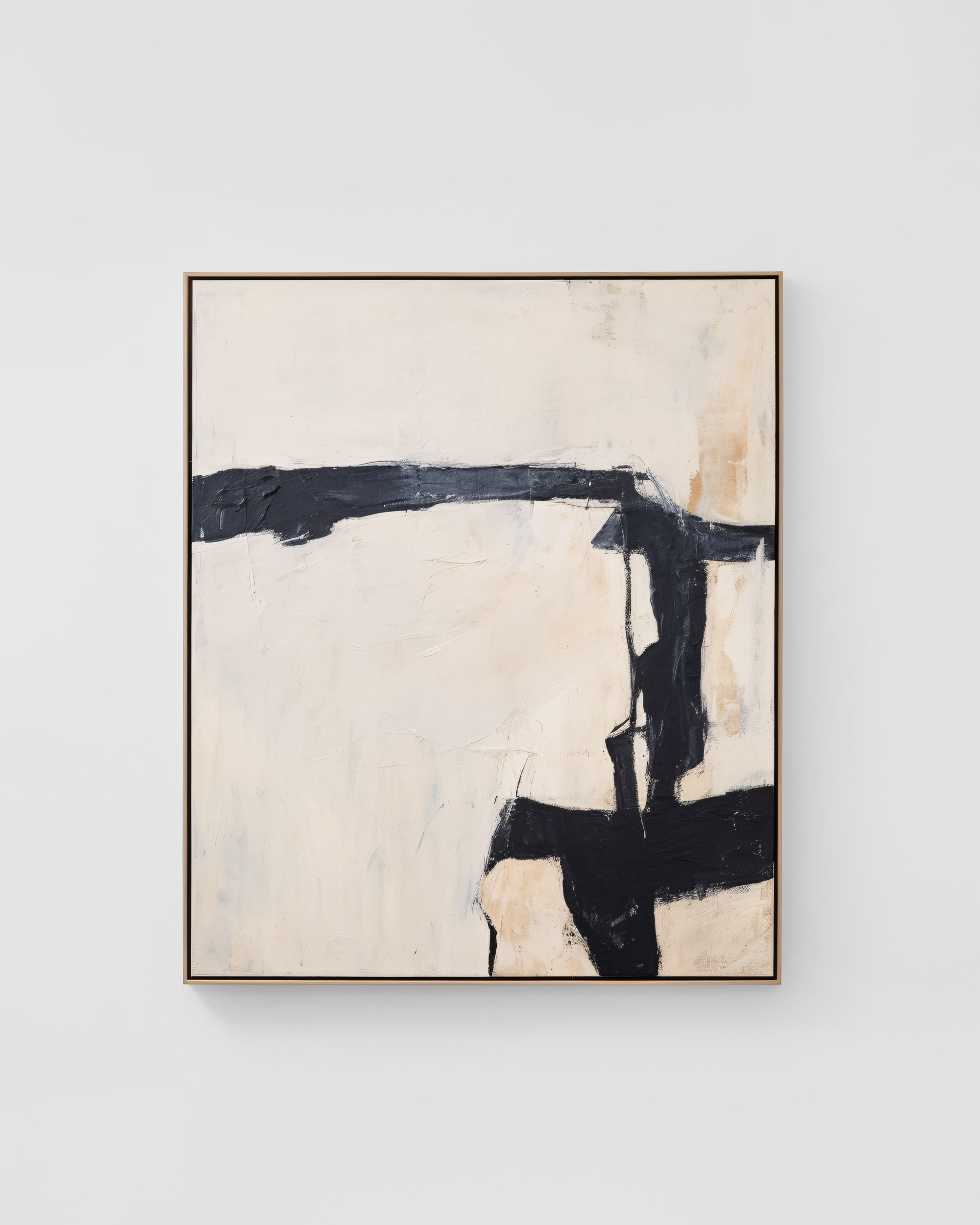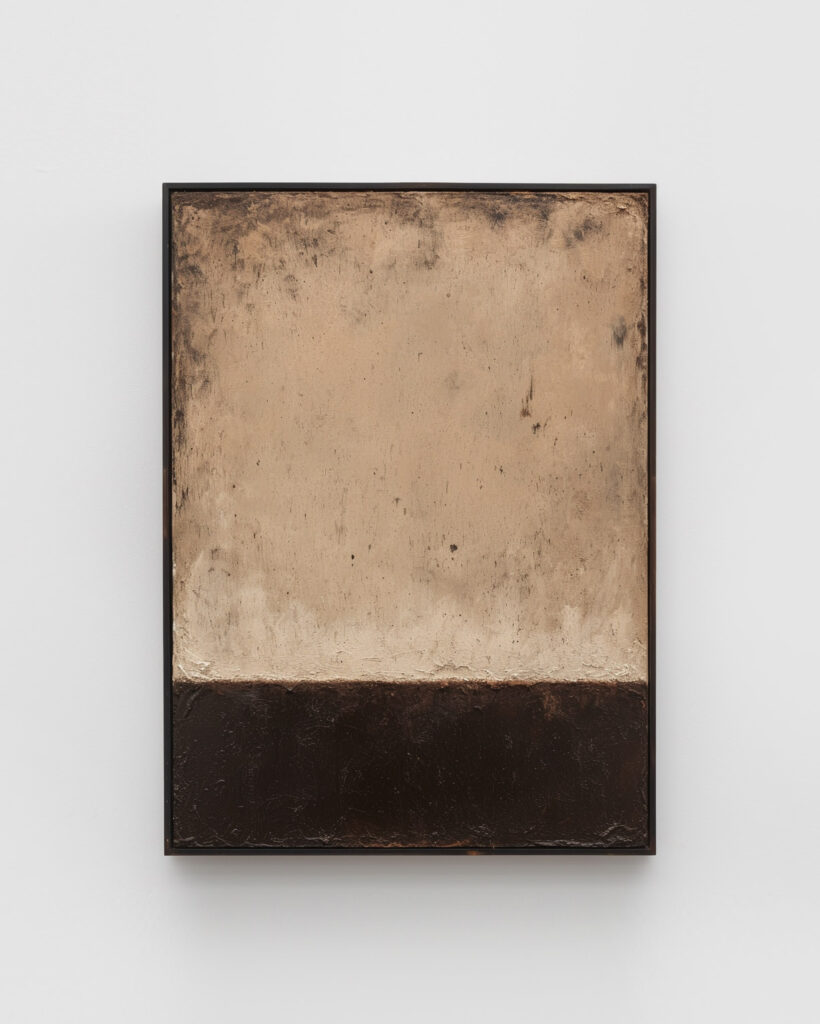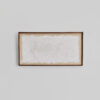Those who love art, love to talk about it. The artist’s biography and the circumstances under which a work was created, all this fascinates us. It gives us a sense of connection as if we could participate in a creative process that might otherwise remain unfathomable to us. Our understanding of art becomes more comprehensible and accessible to us. The context in art, and by that I mean the title, the historical background, and the motivations of the artist, can help us place the artwork in a larger context. Therefore, the context seems to be a crucial factor in unleashing the full potential of an artwork.
But what happens when we encounter a work of art beyond its context? How much of it really influences how we perceive art? Does it possibly enhance our aesthetic perception? Does the context make art more beautiful or not? These are the questions I would like to explore today.
It is undisputed that contextual information shapes our perception, not only in art but in many aspects of our lives. Various studies have already proven this assumption. For example, the same wine tasted better to the test subjects when they believed it was an expensive wine. The additional price information changed the participants’ subjective experience of the wine.1 Similarly, when viewing art, it has been assumed that the more one knows about a work of art, the more it contributes to a deeper, aesthetic sensation of art. Two studies, however, indicate that this assumption is not quite true.
How does context influence our perception of art?
In 2007, Petra G. Lengger and her team examined this topic. Among other things, their study found that while additional information about a painting, such as the title or the technique used, can indeed improve the understanding of the respective style, but has no influence on other evaluation parameters such as personal preferences, associations and emotions of the viewers.2 The second study, conducted in 2021 by Louisa Krauss and her team, also found no evidence that contextual information influences our subjective, aesthetic evaluation or sensation. Instead, the study showed that the artwork itself had a greater impact on the evaluation and even on viewers’ physiological responses.3


According to this, characteristics such as the color, composition, or theme of a painting influence viewers’ feelings significantly more than additional information. Both studies thus indicate that the context in art is not decisive for our aesthetic evaluation. Rather, it is the artworks themselves that define the viewer’s sensation. Wouldn’t it be advisable then, to first let the artwork affect us in an unbiased way before we deal with its context? Well, this is a difficult question, which I cannot answer so easily because the perception of art is very subjective. So it’s a question of individual taste and personal approach to art: some prefer to deal with the context beforehand, while others appreciate the immediate, intuitive encounter with the artwork.
Personally, I really enjoy letting an artwork affect me unprejudiced. Especially with minimalist art, I find such moments aesthetically very inspiring. Allowing art to affect me intuitively is an essential part of my engagement with it. My mind does not start to interpret or draw conclusions or think about the artwork. Then, when I later learn the relevant information about the work, my first unadulterated impression only intensifies. I believe that art should be able to speak for itself, without the need for an explanation.
So does context make art more beautiful? No, it doesn’t, but it can help us broaden our understanding and appreciation for it. So it’s up to us to decide how to use this information to deepen our own relationship with art.
How about you? Do you inform yourself in advance about the art you’re viewing, or do you initially let it impact you without prejudice?
Further Reading
- https://www.sciencedirect.com/science/article/abs/pii/S0950329321000501
- https://www.sciencedirect.com/science/article/abs/pii/S0006899307010578?via%3Dihub
- https://scite.ai/reports/impact-of-contextualizing-information-on-5M8e2lp?utm_campaign=badge&utm_medium=badge&utm_source=psycnet.apa.org
About Exploring Aesthetics:
Sarah loves asking questions and exploring the things she engages with on a daily basis. Exploring aesthetics is her column which discusses art, design, and aesthetics to explore, inspire, and question the status quo.


